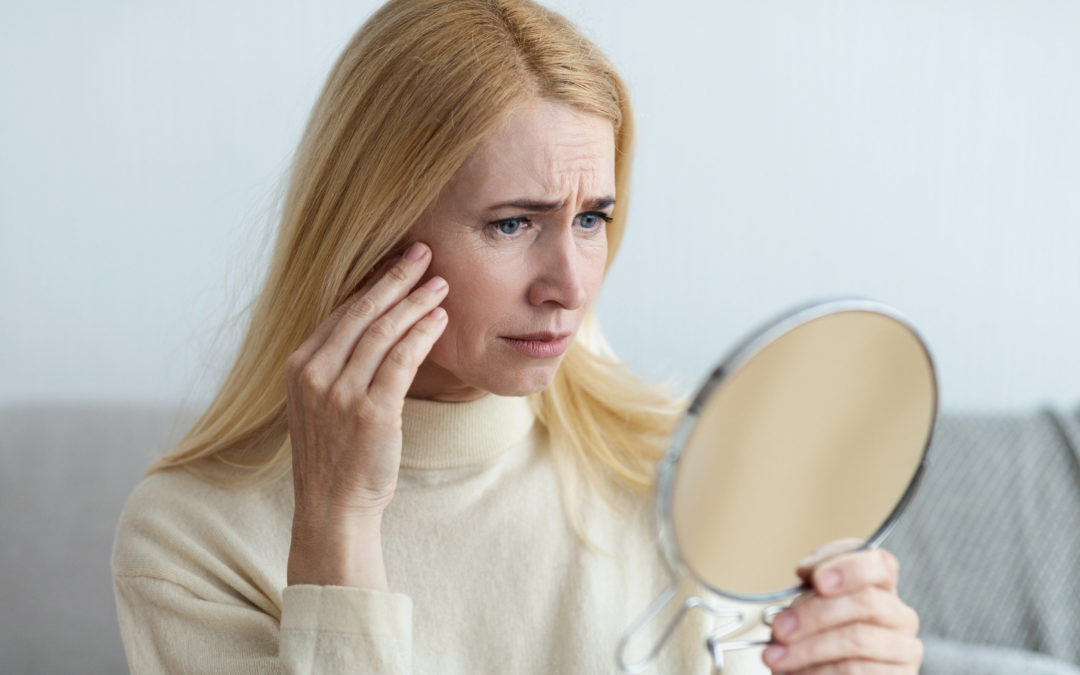Wrinkles are most often associated with aging. The body’s natural aging process often leads to wrinkles in the skin, as the proteins that give the skin structure diminish over time. However, aging isn’t the only factor that contributes to wrinkling formation. Most people underestimate the role of the sun’s harsh rays in the development of wrinkles and other signs of aging.
Here, we’ll discuss how the sun contributes to wrinkles and what you can do to prevent premature skin aging from its ultraviolet rays.
UVA Rays and Skin Aging
The sun emits ultraviolet A (UVA) and ultraviolet B (UVB) rays. Both of these rays can damage the skin but in different ways. UVB rays lead to sunburn and are more likely to cause skin cancers. UVA rays can also contribute to skin cancer, but these rays also penetrate the deep layers of the skin and are more significant in the process of premature skin aging than UVB rays. So, by failing to protect your skin against UVA rays from the sun, you may increase your risk of developing wrinkles, sun spots, and other signs of skin aging early in adulthood.
How the Sun Causes Wrinkles
When you’re exposed to UVA rays, they can penetrate the skin and reach its deep layers. Once these rays have penetrated your skin, they can harm collagen and elastin fibers. Collagen and elastin are both proteins that keep the skin strong, firm, and elastic. When these fibers are broken down by ultraviolet rays, it increases your risk of developing wrinkles.
To shield your skin against wrinkles and other forms of premature skin aging, it’s important to purchase broad-spectrum sunscreen. Broad-spectrum sunscreen offers protection against both UVA and UVB rays, helping to keep you safe from sunburn, skin cancer, and early skin aging.
For more information about protecting your skin against the sun’s harsh rays, schedule a consultation at The Bowman Institute today!

